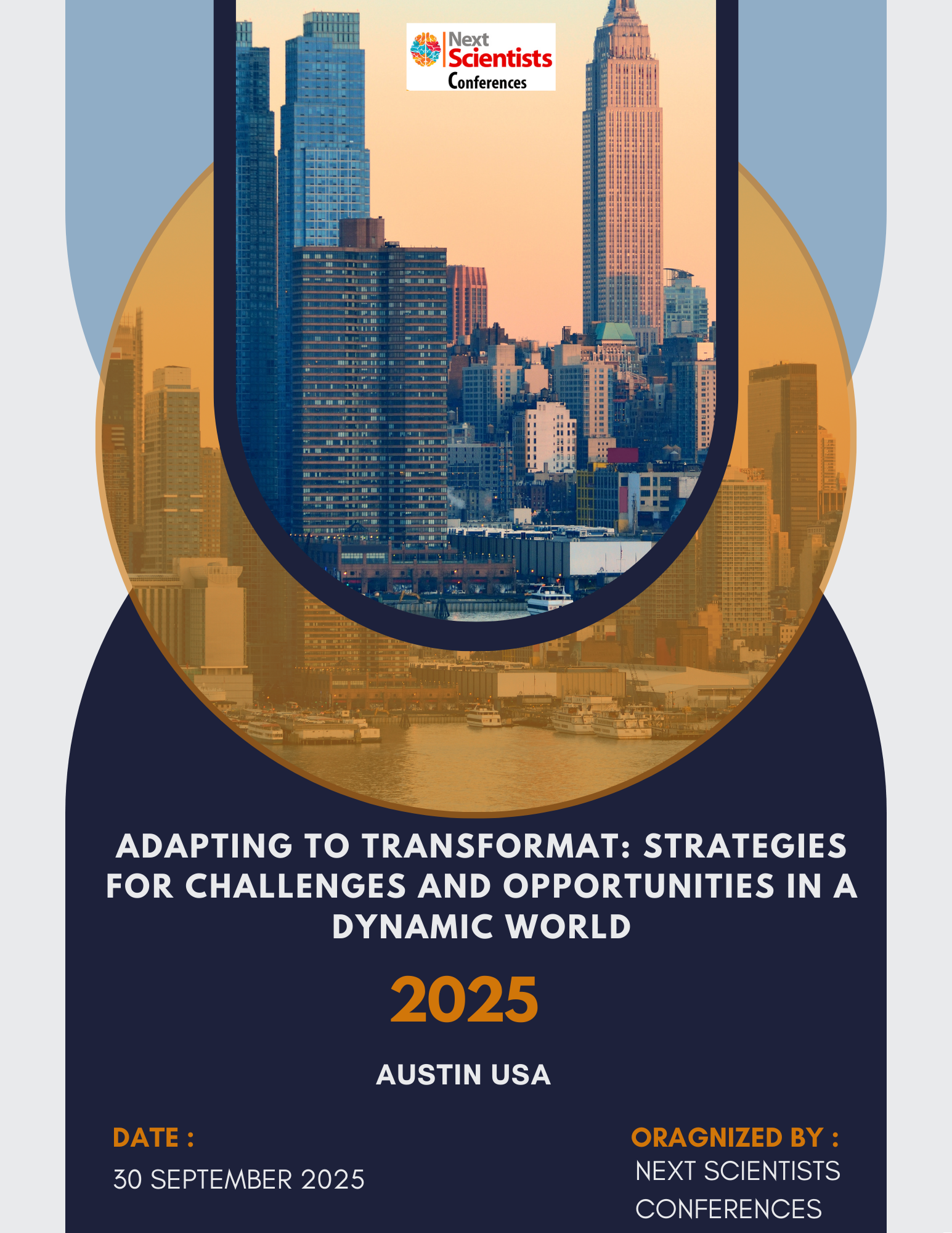Problem-Based Teaching Methodology For Forming Physics Concepts Within The Steam Framework
Keywords:
Problem-based learning, STEAM, physics education, conceptual changeAbstract
Problem-based learning (PBL) and STEAM integration have both been shown to enhance conceptual understanding and transferable competencies, yet their joint methodological articulation for teaching physics remains underdescribed. This article proposes and theoretically substantiates a problem-based methodology for forming core physics concepts within a STEAM framework, where authentic problems become the engine for interdisciplinary inquiry, modeling, design, and artistic representation. The approach positions students as investigators who iteratively cycle through problem framing, conceptual hypothesizing, experiment and simulation, engineering design, and communicative expression through mathematical, technological, and artistic media. Drawing on research in conceptual change, active learning, and integrated STEM/STEAM education, we describe the didactic design, learning tasks, scaffolding mechanisms, and assessment logic that align with disciplinary practices of physics while opening productive interfaces with engineering design cycles, computational modeling, and creative visualization. The article concludes with practical implications for curriculum and teacher professional development, offering a reproducible pattern for schools seeking to teach physics conceptually and creatively through real-world problems.
References
Savery J. R. Overview of problem-based learning: Definitions and distinctions // Interdisciplinary Journal of Problem-based Learning. 2006. Vol. 1, No. 1. P. 9–20.
Hmelo-Silver C. E., Duncan R. G., Chinn C. A. Scaffolding and achievement in problem-based and inquiry learning: A response to Kirschner, Sweller, and Clark (2006) // Educational Psychologist. 2007. Vol. 42, No. 2. P. 99–107.
Strobel J., van Barneveld A. When is PBL more effective? A meta-synthesis of meta-analyses comparing PBL to conventional classrooms // Interdisciplinary Journal of Problem-based Learning. 2009. Vol. 3, No. 1. P. 44–58.
Freeman S., Eddy S. L., McDonough M., Smith M. K., Okoroafor N., Jordt H., Wenderoth M. P. Active learning increases student performance in science, engineering, and mathematics // Proceedings of the National Academy of Sciences. 2014. Vol. 111, No. 23. P. 8410–8415.
Bybee R. W. Advancing STEM Education: A 2020 Vision // Technology Teacher. 2010. Vol. 70, No. 1. P. 30–35.
Yakman G., Lee H. Exploring the exemplary STEAM education in the U.S. as a practical educational framework for Korea // Journal of the Korea Association of Information Education. 2012. Vol. 16, No. 2. P. 67–77.
Honey M., Pearson G., Schweingruber H. (eds.). STEM Integration in K–12 Education: Status, Prospects, and an Agenda for Research. Washington, DC: National Academies Press, 2014. 180 p.
National Research Council. A Framework for K–12 Science Education: Practices, Crosscutting Concepts, and Core Ideas. Washington, DC: National Academies Press, 2012. 400 p.


